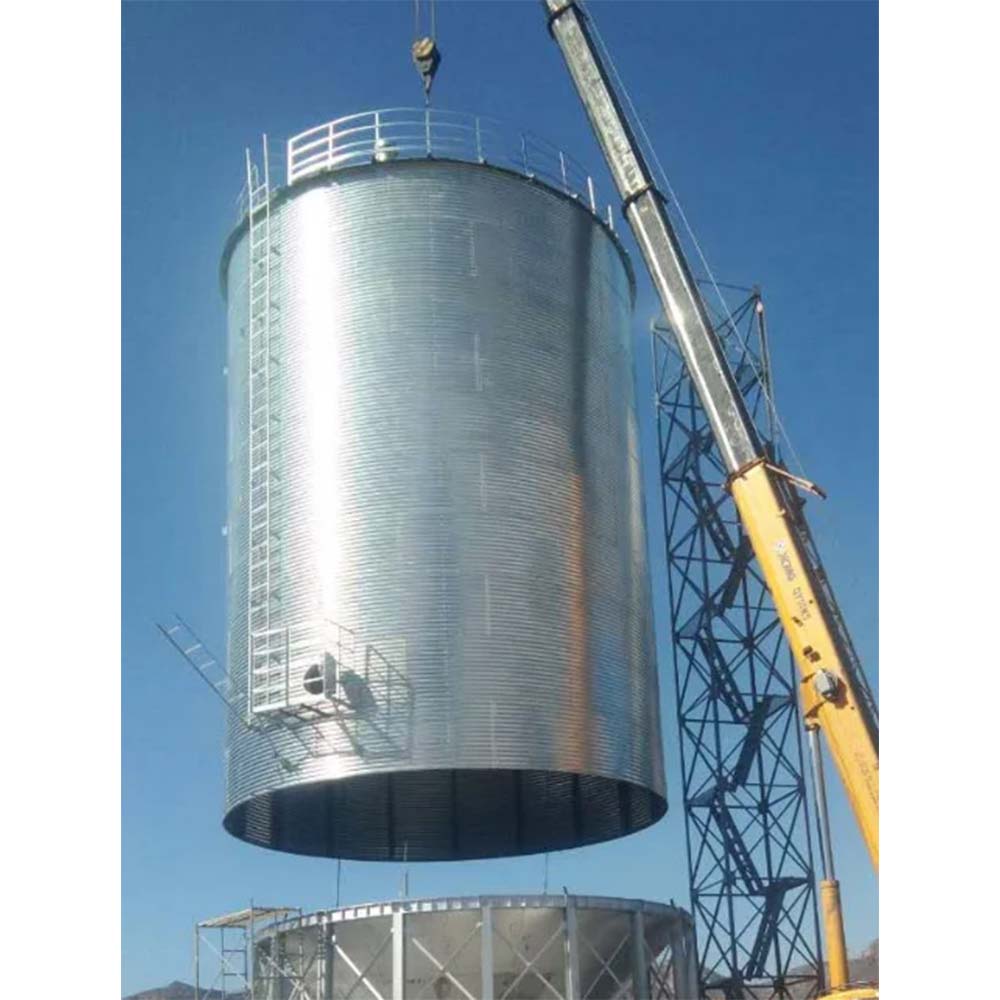pellet feed machine
ធ្នូ . 19, 2024 17:51 Back to list
pellet feed machine
Understanding Pellet Feed Machines Essential Equipment for Modern Aquaculture and Livestock Farming
In today's rapidly evolving agricultural landscape, the need for efficient feed production is more pressing than ever. Among the various technologies designed to meet these demands, pellet feed machines stand out for their effectiveness in producing high-quality feed pellets for both aquaculture and livestock. This article delves into the significance, working mechanisms, and benefits of pellet feed machines in modern farming.
The Significance of Pellet Feed
Pellet feed plays a crucial role in the nutrition of farm animals. It is favored for its digestibility, ease of storage, and reduced feed wastage compared to traditional loose feeds. By compressing raw materials into compact pellets, pellet feed machines enhance the nutritional value and palatability of feed, leading to improved growth rates and health in animals. This method of feed production is particularly valuable in aquaculture, where fish require specific nutrient profiles for optimal growth.
How Pellet Feed Machines Work
Pellet feed machines operate through a series of well-coordinated steps, beginning with the preparation of raw materials. This involves selecting high-quality ingredients, such as grains, legumes, vitamins, and minerals, which are then ground into a fine powder. The grinding process ensures a uniform particle size, which is critical for effective pelleting.
Once the raw materials are prepared, they are blended in precise proportions to create a nutritionally balanced mixture. This mixture is then conditioned with steam or hot water to soften the ingredients, making them easier to mold into pellets. The conditioning phase is vital as it enhances the gelatinization of starches and helps in binding the ingredients together.
The heart of the pellet feed machine is the die and roller system. As the conditioned feed mixture enters the die chamber, the rollers compress the material through the die holes, shaping it into pellets. The pellets are then cut to the desired length by knives positioned at the exit of the die. The size of the pellets can vary depending on the requirements of specific livestock or fish species, which can range from small pellets for juvenile fish to larger ones for adult animals.
Finally, the freshly formed pellets are cooled and dried to reduce moisture content, ensuring they are stable for storage and transport. Proper cooling is essential as it prevents the growth of mold, which can compromise the feed quality.
pellet feed machine

Advantages of Using Pellet Feed Machines
The implementation of pellet feed machines brings several advantages to farmers and aquaculture operators
1. Improved Nutritional Efficiency The uniformity and density of pellets allow for better nutrient absorption in animals, leading to improved growth rates and feed conversion ratios. This efficiency can significantly reduce feeding costs.
2. Reduced Feed Waste Pellets are less prone to spillage and can be easily dispensed, minimizing waste. Livestock and fish tend to consume pellets more readily than loose feed, further decreasing wastage.
3. Enhanced Storage and Transportation Pellets are more compact than traditional feed, making them easier to store and transport. This efficiency is particularly beneficial for large operations that require bulk feed supplies.
4. Customizable Feed Formulations Farmers can tailor their feed formulations to meet the specific nutritional needs of their animals. This customization is crucial in optimizing health and productivity.
5. Sustainability Using pellet feed machines can lead to more sustainable farming practices. By optimizing feed usage and reducing waste, farmers can lower their environmental footprint while maximizing productivity.
Conclusion
In an age where efficiency and sustainability are paramount in agriculture, pellet feed machines represent a vital investment for farmers and aquaculture operators alike. By enhancing feed quality, reducing wastage, and providing customizable nutrition, these machines not only improve animal health and productivity but also contribute to more sustainable farming practices. As technology continues to advance, the role of pellet feed machines will undoubtedly become even more integral to the future of food production.
-
High Performance Exhaust Fan – Efficient Ventilation Solutions for Home
NewsJun.10,2025
-
High-Quality Gestation Pen for Sows Durable Mobile Pig Pen & Simple Pig Pen Solutions
NewsJun.10,2025
-
High Quality Rabbit Cage Double Tier Designs & Welded Wire Mesh Supplier
NewsJun.10,2025
-
Floating Fish Feed Machine - High Efficiency Floating Fish Feed Extruder for Small Scale Production
NewsJun.10,2025
-
Premium Poultry Housing Solutions Mobile & Commercial Free Range Options
NewsJun.10,2025
-
Industrial FRP Fans Corrosion-Resistant Blades & Centrifugal Systems
NewsJun.09,2025






